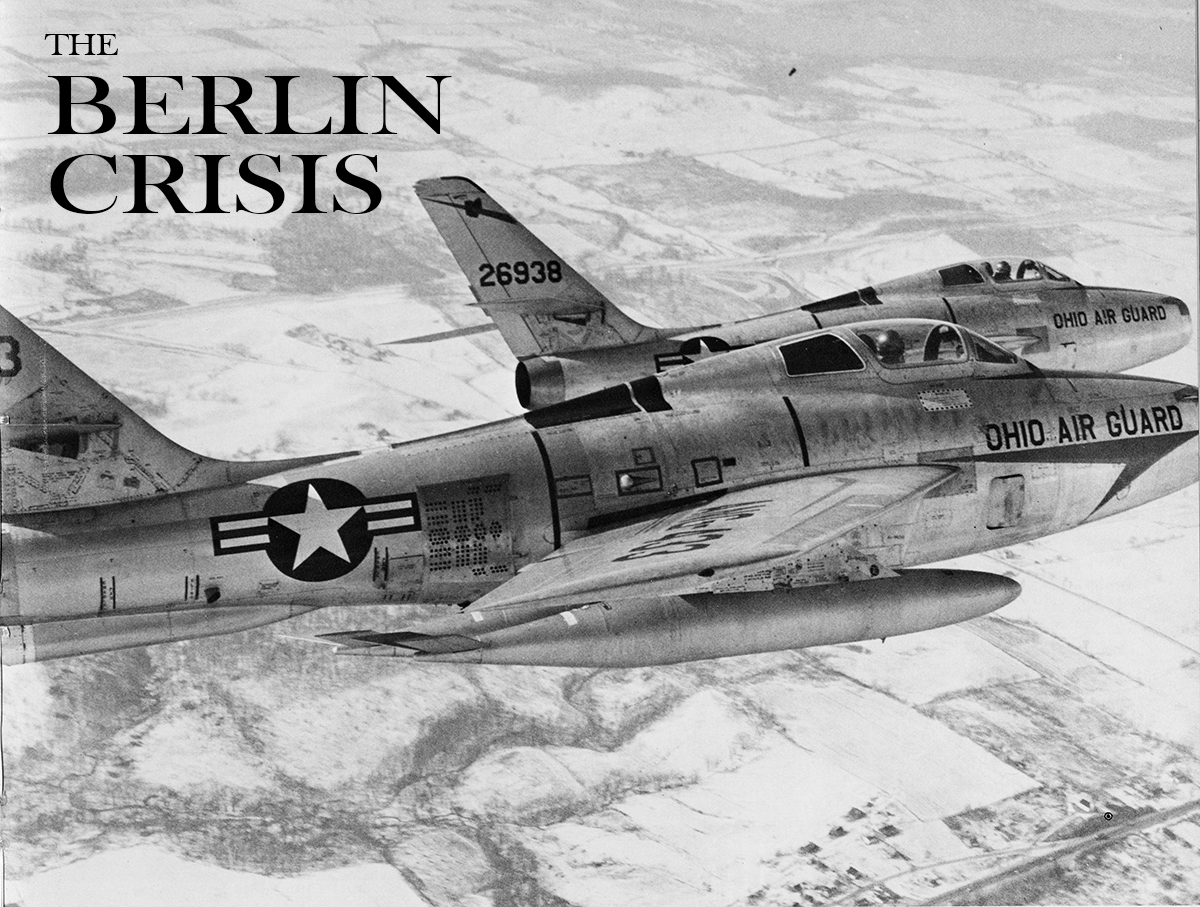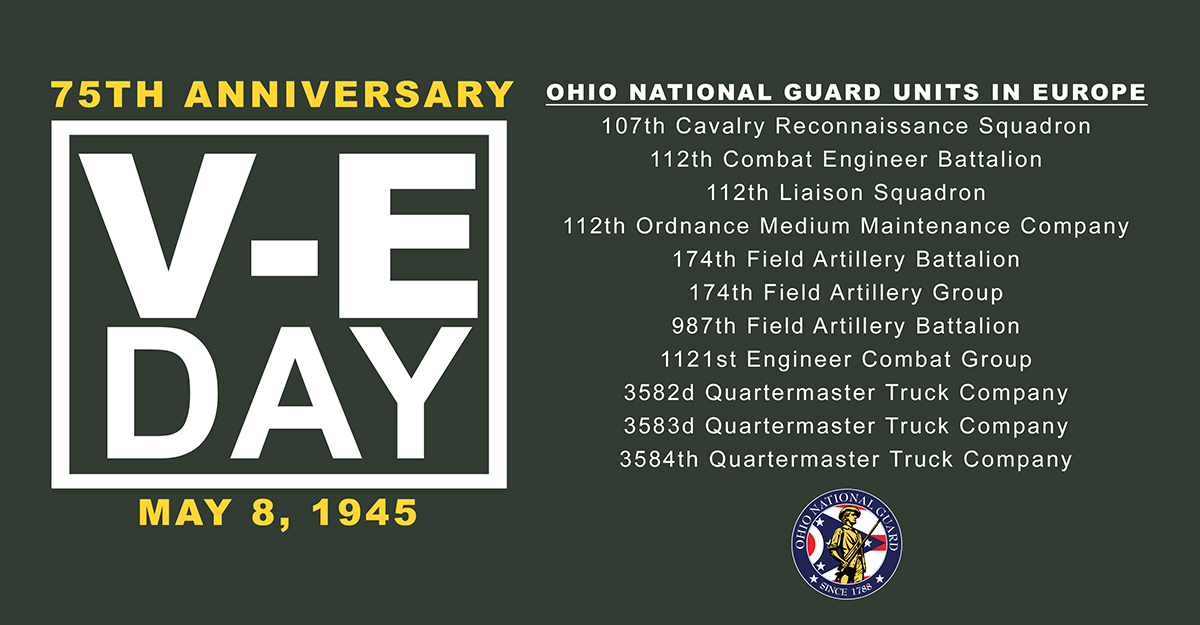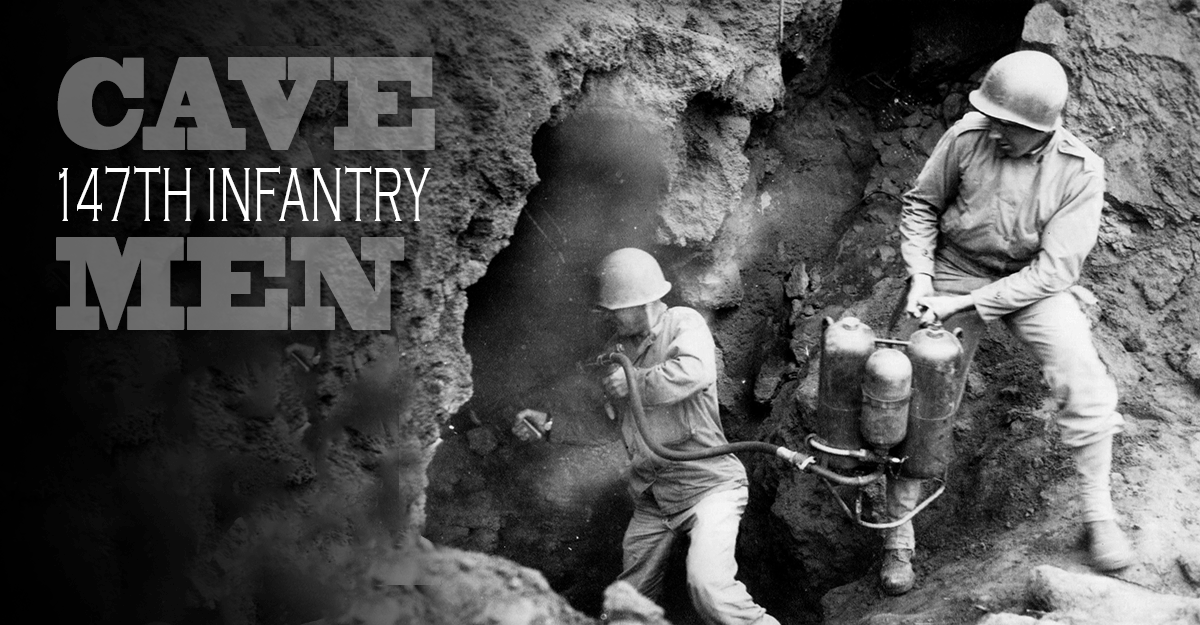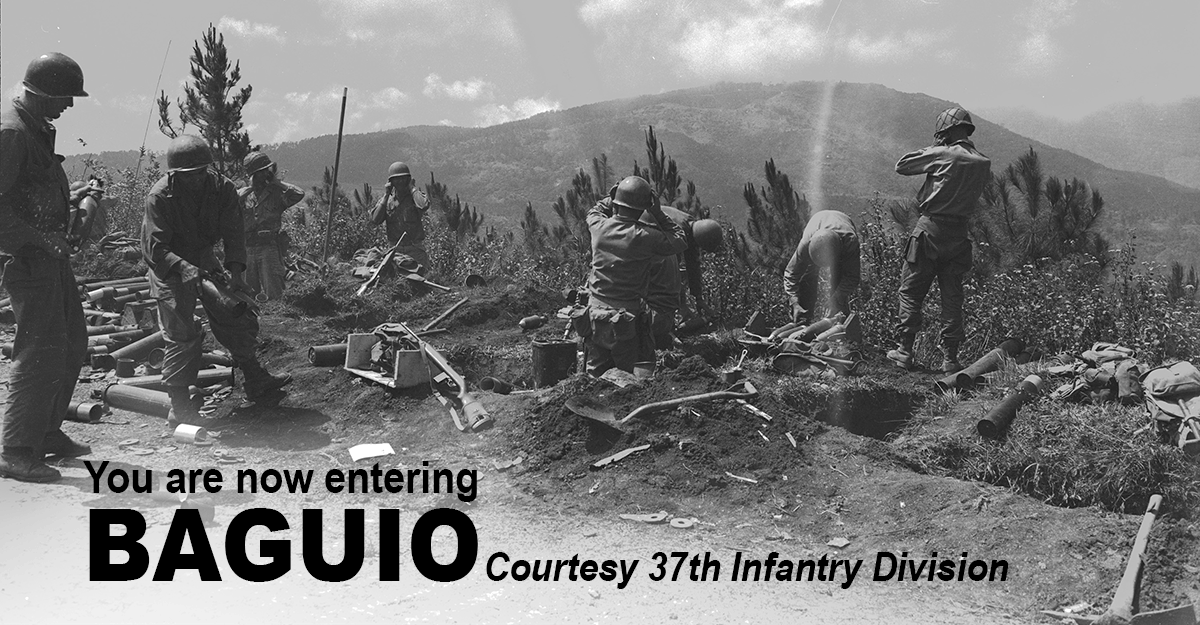The Berlin Crisis
Compiled by Sgt. 1st Class Joshua Mann, Ohio Army National Guard Historian
In response to rising tensions with the Soviet Union over access to Berlin, President John F. Kennedy orders 148,000 Guard members and Reservists to active duty for the Berlin Crisis. The 121st Tactical Fighter Wing, headquartered at Lockbourne Air Force Base in Columbus, Ohio, was ordered into active service on Oct. 1, 1961. Four Ohio Air National Guard squadrons of F-84F jets were also called up: the 112th Tactical Fighter Squadron in Toledo, 166th Tactical Fighter Squadron in Columbus, 162nd Tactical Fighter Squadron in Springfield and 164th Tactical Fighter Squadron in Mansfield.
Less than three weeks after reporting, the 121st TFW headquarters, along with the 166th TFS and supporting elements were sent to Etain Air Base, France, where they reinforced NATO with a nonnuclear armada of short-range fighter aircraft. The other Ohio tactical fighter squadrons remained on active duty at their home stations, maintaining a high state of combat readiness for emergency situation.
“The unit was to keep the Berlin corridors open,” said retired Lt. Col. Kenneth E. Potts, of the 166th Tactical Fighter Squadron, in a 2009 interview. “Whenever the Russians threatened to close it down they would have a show of force. What we would do on a daily basis, our primary mission, was close-air support up on the Russian-German border. We would launch up there and work with a forward air controller and simulate making runs right in along the border. Some days, just to test the Russian response, we would launch as many airplanes as they could get off and head straight for the border, like we were going to attack, just to measure their radar response, see how quick the Russians could react.”
There were four Ohio Army National Guard units called into service on Oct. 15: Elyria’s 357th Ordnance Company, Newark’s 112th Ordnance Company, Port Clinton’s 3641st Ordnance Company and the Xenia-based 131st Medical Company. The 357th and 112th were sent to Fort Sill, Oklahoma, while the 3641st and 131st moved to Fort Campbell, Kentucky. All Army and Air units returned to Ohio and were released from active service in August 1962.



